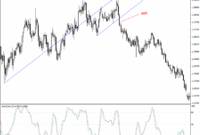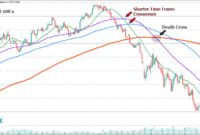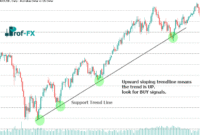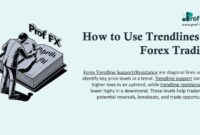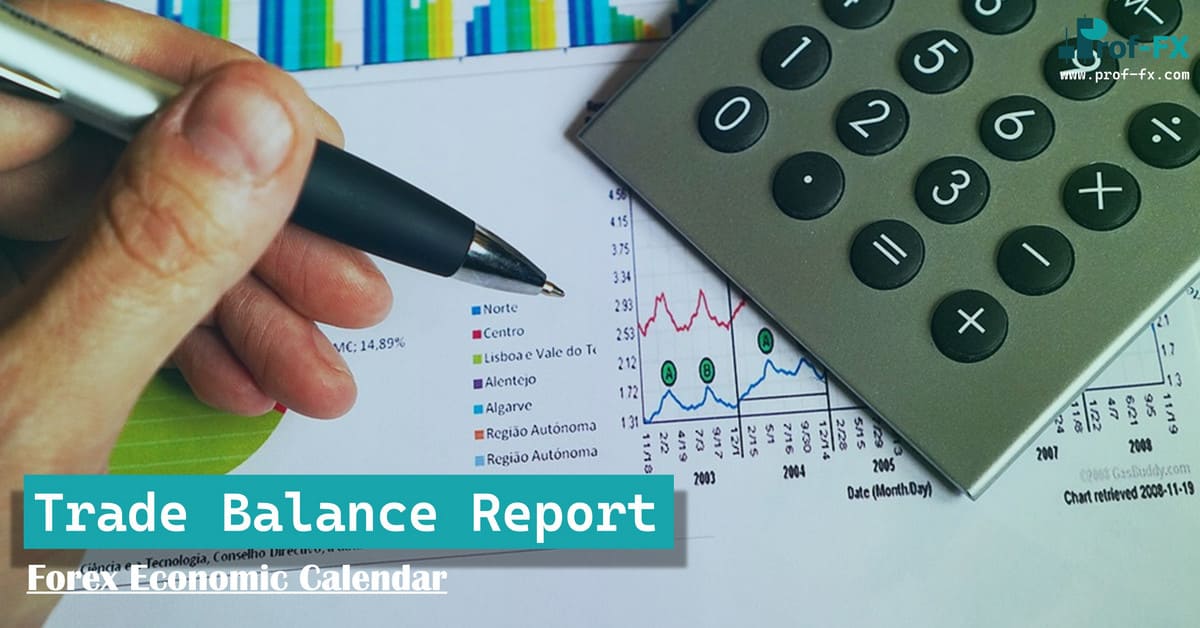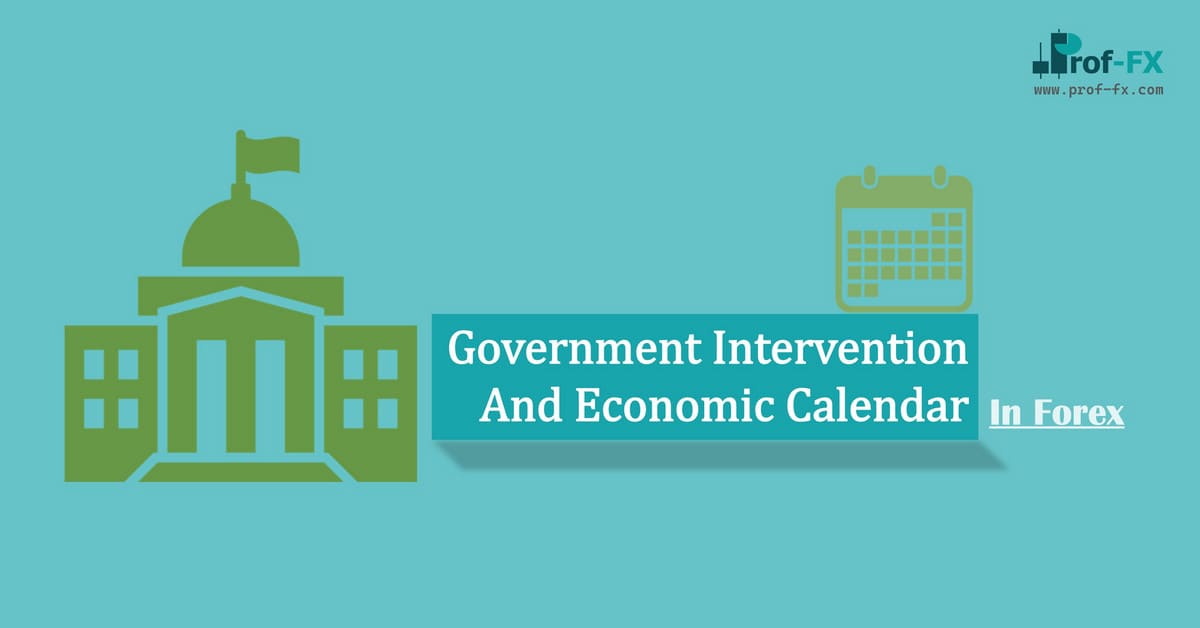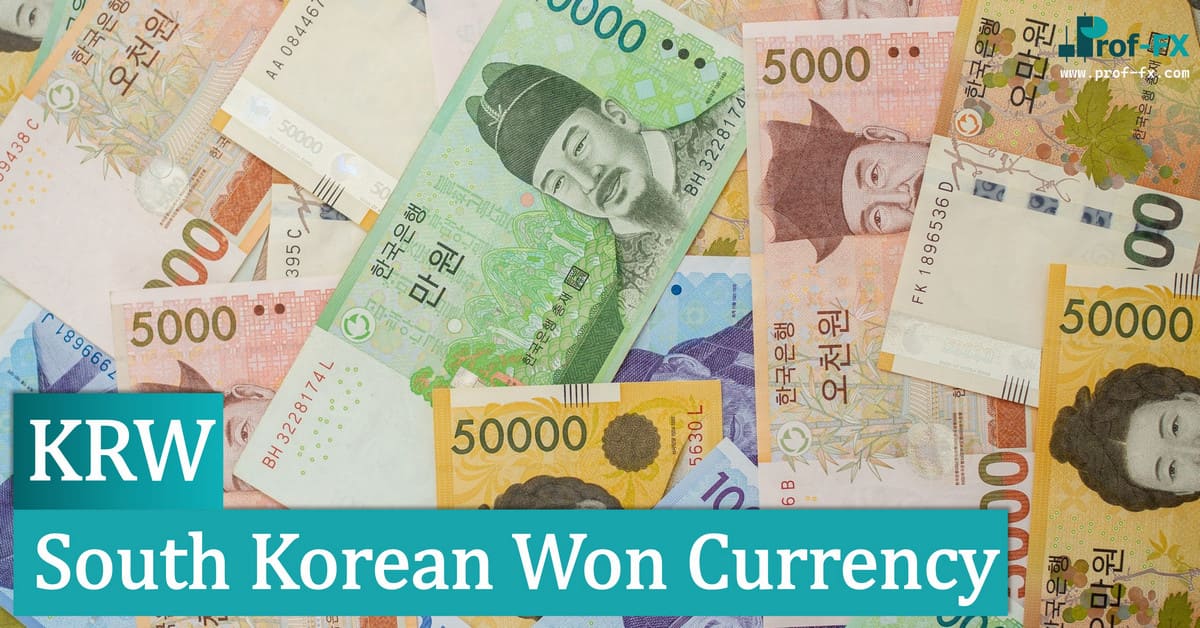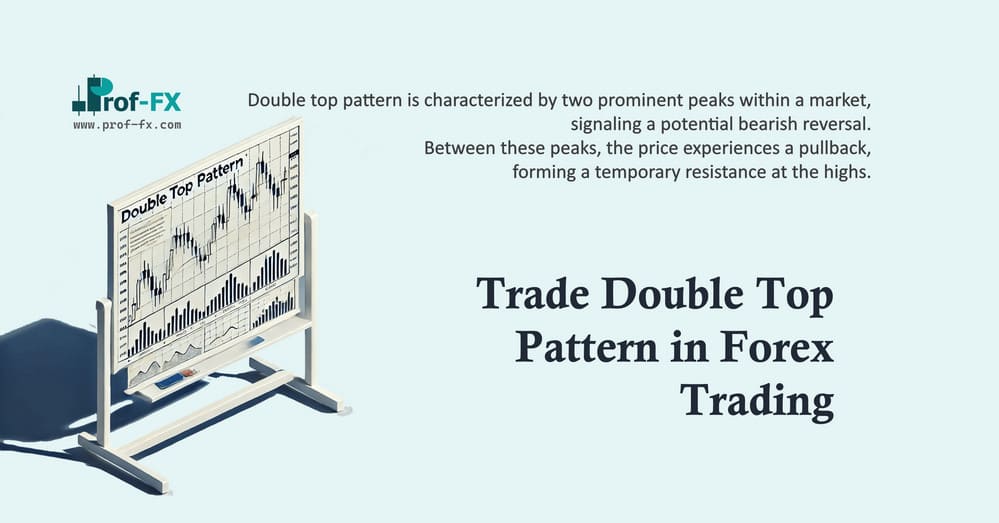The Smithsonian Agreement another agreement named after the venue where the meeting took place moved the world one step closer to a free-floating currency system.
On December 18, 1971, at a meeting at the Smithsonian Institution, the Group of Ten (G10), the United States, the United Kingdom, Germany, France, Italy, Canada, Japan, the Netherlands, Belgium, Sweden, and Switzerland (yes, there are 11 countries in the G10)—agreed to allow the following:
- An 8 percent depreciation in the value of the U.S. dollar
- A widening of the trading band from plus or minus 1 percent to plus or minus 2 percent
- A change in the U.S. dollar’s peg to gold from $35 per ounce to $38 per ounce
Unfortunately, all the Smithsonian Agreement did was perform a hard reset on currency values.
It didn’t do anything to address the problems that had led to the end of the Bretton Woods Accord, and thus it was doomed to a similar fate.
European Joint Float
Even after the Smithsonian Agreement was signed, the Europeans were still concerned by their exposure to the U.S. dollar.
In an attempt to reduce that exposure, the European Economic Community (West Germany, France, Italy, the Netherlands, Belgium, and Luxembourg) established the European Joint Float system in April 1972. The system set up the following guidelines:
- Each country had to stay within the “snake” a 2.25 percent price band in relation to other countries.
- Each country had to stay within the “tunnel” a 4.5 percent price band in relation to the U.S. dollar.
End of the Smithsonian Agreement and the Joint Float
It didn’t take long for the bloom to come off the rose after the establishment of the Smithsonian Agreement and the European Joint Float.
And as soon as it did, the same fundamental factors namely, an expansion of the U.S. money supply, a jump in the value of gold to more than $100 per ounce, and a lack of ability on the part of foreign governments to continue buying U.S. dollars forced the markets to devalue the U.S. dollar.
And so began our free-floating currency system, informal as it was.
The Jamaica Agreement
Members of the International Monetary Fund (IMF) finally formalized the free-floating currency system on January 7 and 8, 1976, at an IMF meeting in Jamaica.
In yet another agreement named after the venue where the meetings took place, members updated the IMF’s Articles of Agreement to state the following:
- Floating currency rates were now acceptable.
- IMF members could enter the Forex market as they saw fit to temper “unwarranted” price fluctuations.
- Gold would no longer be used as a reserve asset, and the IMF would return all of its gold to its member nations.
With the Jamaica Agreement, world leaders finally acknowledged that they possessed neither the tools nor the will to control currency rates.
All You Need To Know About the History of Forex Market
While it is fun to learn about the geopolitical hubris that blinded world leaders to the fact that they couldn’t control currency values forever, that is only one of the lessons that we should draw from this brief look back into Forex history.
Here are a few more that you should be paying attention to:
The basic forces of supply and demand drive the Forex market. Trade flows, investment flows, and money supply all play key roles in driving supply and demand. Government interventions and currency manipulation can last for only so long.
Pretty exciting stuff, don’t you think? By the way, you get an “A” for sticking with us. We promise you will be glad you did.


